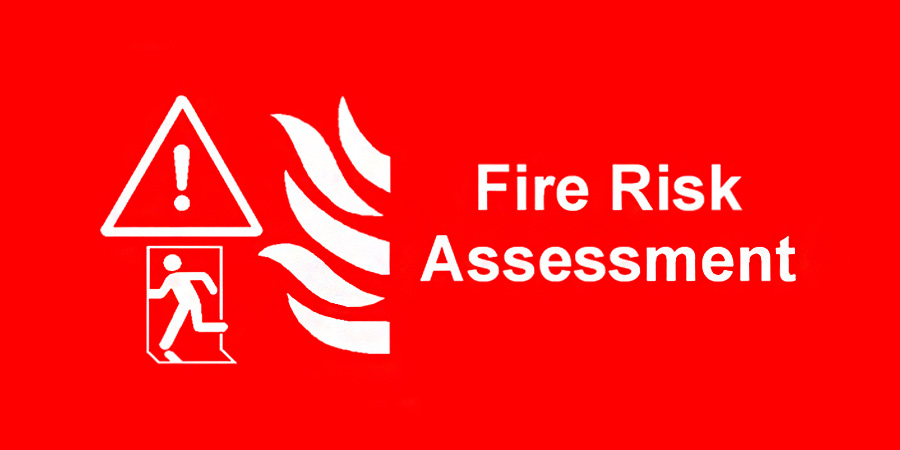A
fire has the potential to cause not only property damage but also personal
injury and even destruction. Because of this, it is necessary to carry out a
thorough fire risk assessment in order to identify potential hazards and put
preventative measures into effect. This article will go over some guidelines
for conducting a fire risk assessment, which will help you make your building
more fireproof and will be covered in this article.
Identify Potential Fire Hazards
The
first step in fire risk assessment is to identify potential fire hazards. This may include
anything from flammable materials to electrical equipment or heating systems. A
walk-through of your building or property with a checklist can help you
identify potential hazards.
Assess The Likelihood Of A Fire
Once
you've identified potential hazards, you need to assess the likelihood of a
fire occurring. This involves considering factors such as the frequency of use,
the condition of equipment, and the presence of combustible materials.
Evaluate The Consequences Of A Fire
The
next step is to evaluate the consequences of a fire. This includes considering
the potential damage to property, the risk of injury or death, and the
potential impact on business operations.
Determine Who Is At Risk
It's
important to identify who is at risk in the event of a fire, including
employees, visitors, and customers. This will help you determine the level of
fire protection required and the necessary evacuation procedures.
Implement Control Measures
Based
on the results of your fire risk assessment, you need to implement control
measures to minimise the risk of fire. This may include installing fire alarms
and extinguishers, ensuring proper storage of flammable materials, and
providing training to employees on fire safety.
Develop An Emergency Plan
It
is essential to have a plan in place in the case of an emergency, such as a
fire, for example. It is imperative that information regarding how to exit the
building, where to gather, and who to contact in the event of an emergency be
included.
Regularly Review And Update The Assessment
The evaluation of the fire risk is not a once-off occurrence. It is essential to regularly review and update your assessment as circumstances change, such as changes in equipment, processes, or occupancy levels. One example of this would be changing the levels of occupancy in a building.
In
conclusion, fire risk assessment is a critical step in protecting your business
or home from the devastating effects of fire. By following these best
practices, you can identify potential hazards, assess the likelihood and
consequences of a fire, implement control measures, and develop an emergency
plan. Remember to review and update your assessment to ensure ongoing safety
regularly.


Post a Comment